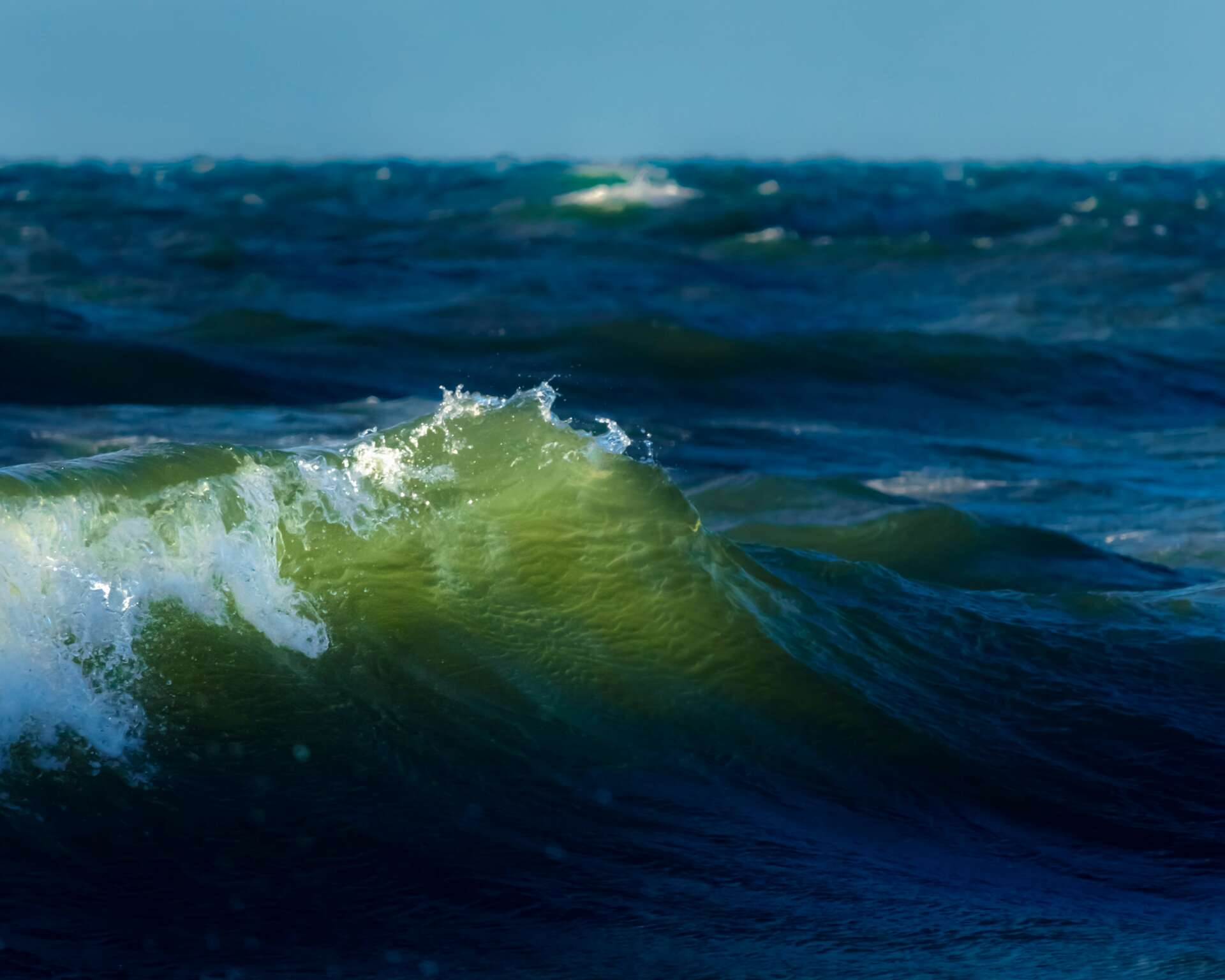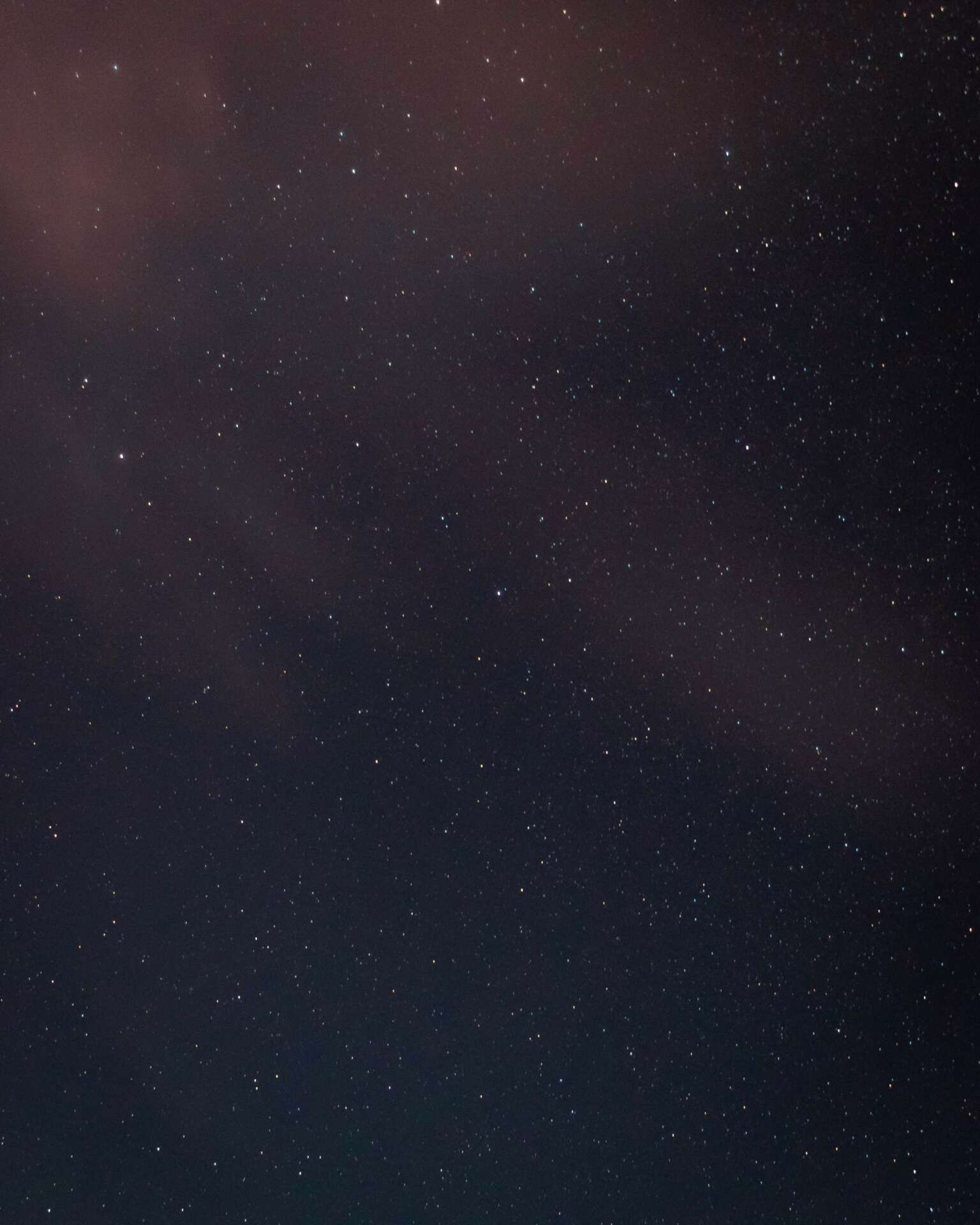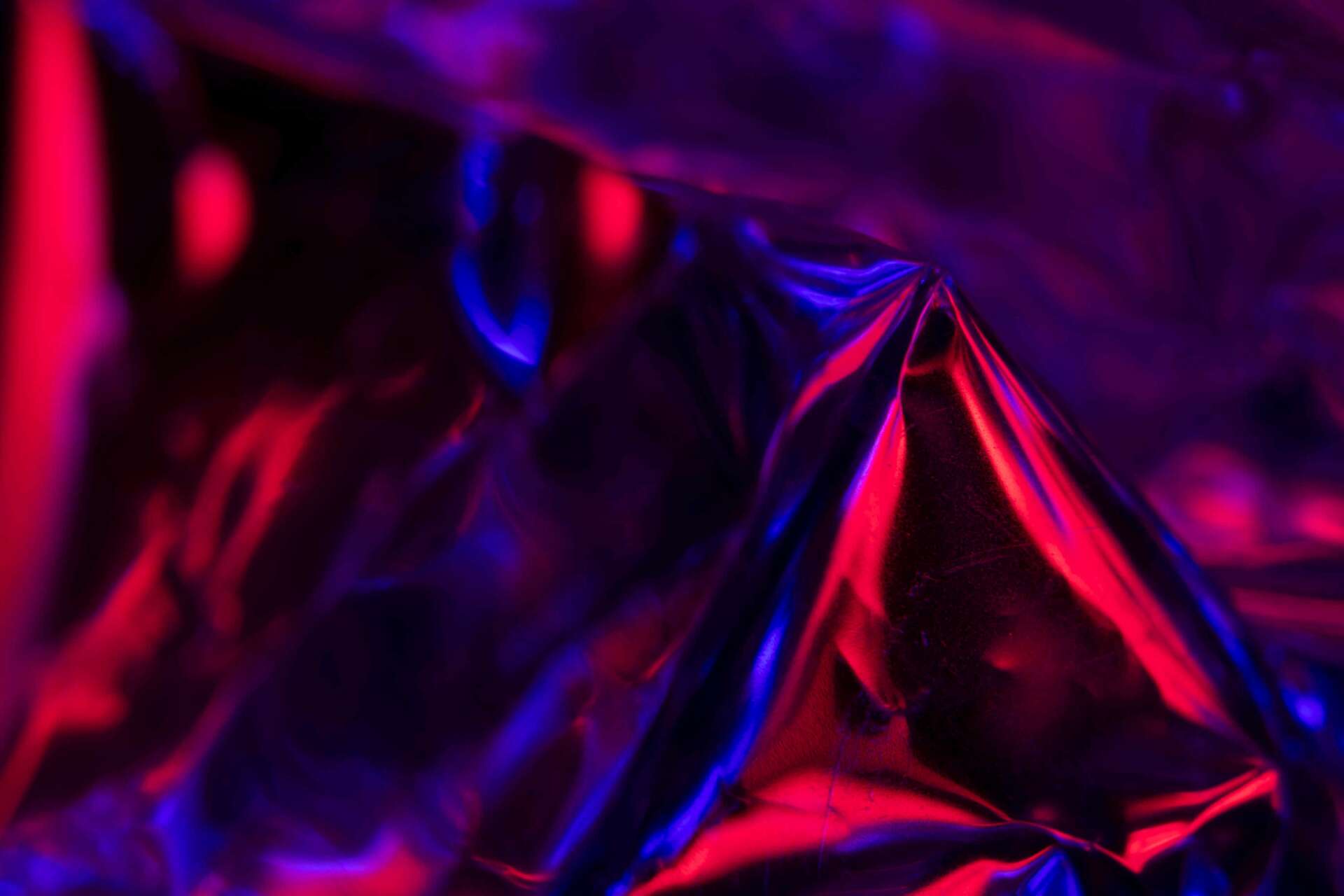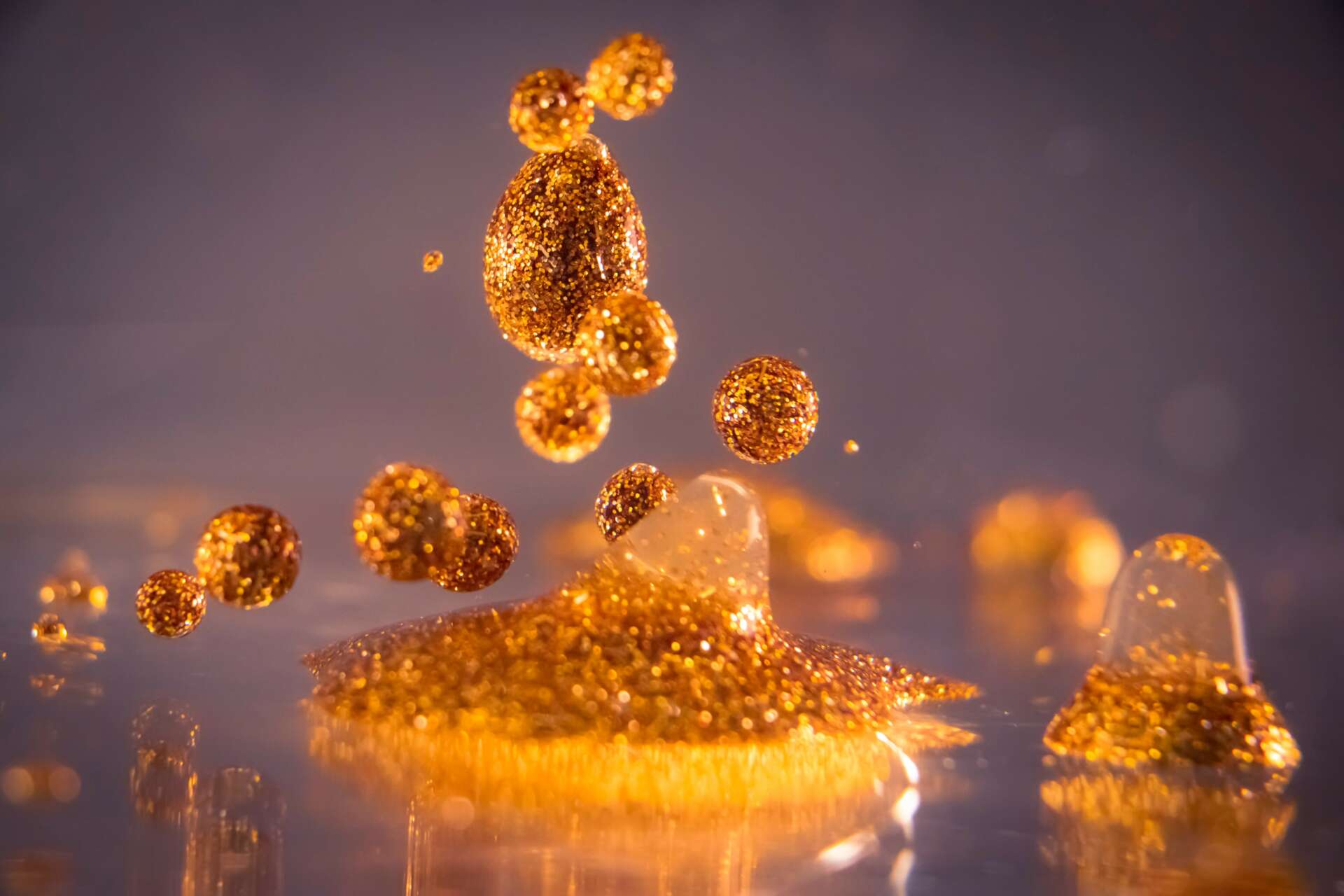Alright – so today we’ve got the honor of introducing you to Kae Pershon. We think you’ll enjoy our conversation, we’ve shared it below.
Kae, appreciate you joining us today. Can you talk to us about a project that’s meant a lot to you?
Wow, this is a big question, but probably (weirdly enough) the easiest to answer. My most meaningful project is, without a doubt, my photography series (less). I can say that with ease because it’s really the first project where it’s been a culmination of all of my experiences as an artist as well as bringing together everything I want to do as an artist.
See, I was diagnosed with ADHD when I was 30, about six years ago now. It offered a lot of clarity regarding my thought process but also came with a big “now what?” moment. Where did I go from there? What did it mean to have a diagnosis? Besides having the ability to get medication, what was the difference between diagnosed Kae and the Kae from the day before? My medication wouldn’t “cure” me, it would only help manage the symptoms. It led me down a path of research and discovery that is still ongoing today and is what really made (less) possible.
At its core, (less) is about my experiences with ADHD and Autism- oh yeah, I got to add that diagnosis a few years ago so I get the full neurodivergent experience now. My entire existence has been about moderation and mitigation. I have been told so often that I was being too loud, too excitable, too “much”. The way in which a neurodivergent mind operates means we’re always told to be less, hence the name of the series. While the individual sets of (less) may look like simple nature and landscape photography, each of them represents a different symptom and experience of ADHD. That’s underscored through the subject, the location, and even the technique used to capture the images. The series is six in total with two being completed so far: time(less), which is about time blindness and cease(less) which is about emotional dysregulation. Mind(less) will be showcased in Dec. 2022 and end(less) will debut in the Spring of 2023 with the last two still to be determined.



Kae, love having you share your insights with us. Before we ask you more questions, maybe you can take a moment to introduce yourself to our readers who might have missed our earlier conversations?
Well, the most obvious thing about me is that I am 6’1” and have silver and blue hair with the sides of my head shaved. That tends to be a bit of a shock to folks when they meet me for the first time, which I always find kinda fun.
I found myself here after a long journey of avoidance, I’d say. I grew up around photography with my mom being an event/family portrait photographer so I’ve always been comfortable both behind and in front of the camera. I suppose because of that it never really occurred to me that it might be the crux of my creative energy. It had always just been there. It wasn’t until I started my landscape photography back in 2019 that I realized, “oh, this is what I’ve always been trying to create with my work but the medium was never right for it.” You can see it especially in my video work I did with Molly Lucille (i.e. Fae Floral). There’s always these long stills and tight frames. It honestly was a little embarrassing that I hadn’t realized it before.
All of my work is fine art nature photography that ranges from landscape, to astrophotography, to tight macros. I say in my website bio that I “focus on capturing the abstract and sublime, fascinated with the way a combination of mundane objects can become beautiful”. But that just seems like a fancy way of saying I like to photograph everything and see what sticks.
The thing that sets me apart from other fine art photographers is that I like to walk the line between conceptual and commercial work. My goal is to create pieces that are highly approachable that also hold deeper meaning for the viewer to find if they want to take the time. I hate the idea that for something to be conceptual or have a strong artist statement behind it, the work has to be completely abstracted and inaccessible to the everyday viewer. I want everyone to enjoy my work, even if it’s a brief pause as they pass by it and think, “oh that’s nice”. It gave them a small moment of joy, of contentment, and I’m thrilled with that.
Is there a particular goal or mission driving your creative journey?
Education through approachability to be sure. I have no shame when it comes to my diagnosis so I am happy to talk to anyone who will listen about it. So I create work that has a low barrier of entry, so to speak. Then as the audience starts to engage with the work, read my playful titles, and spend time with the set they start to pick up on the feelings I was trying to convey. My favorite moments are when someone’s gone through the work and then reads my statement. There’s often a lightbulb moment for them as they connect the dots between the two. It’s at this point that they usually seek me out to ask questions about my neurodivergence. I answer candidly, tying together both my personal experiences as well as the years of research I’ve put into figuring out how and why my brain works differently than others. Those discussions are just as fulfilling, if not moreso, than capturing the images themselves and are honestly my favorite part of being an artist.
I also am very cognizant of intent vs impact. I’m not of the mindset that if a viewer walks away from my work with a different idea than what I intended they are somehow wrong. Everyone is coming at it with their own experiences and education, which is totally great! It’s part of what makes the art world so beautiful. I want to make sure that there is something there for as many people as possible to enjoy.




We often hear about learning lessons – but just as important is unlearning lessons. Have you ever had to unlearn a lesson?
There are so many it’s hard to pick just one! Ok this is going to sound strange, but do you know the show Steven Universe? There’s a line that one of the characters, Amethyst, says to Steven, “It’s ok to not be ok”. For some reason it was a bit of an ah-ha moment (Bless my therapist for not smacking me that I choose to listen to one line in a cartoon more than the years of her telling me basically the same thing). My diagnosis leads to a lot of depression and anxiety, along with all of the other trials of just existing in a world not built for my type of brain make-up. It became an internal reassurance for me when I was depressed and was feeling like I should try to pretend to be happy, a rhythmic chant when my anxiety spiked and I was close to an attack, and an encouraging cheer when I was becoming more unapologetically myself and bucking the trends of what was societally ‘ok”. It’s ok to not be what others consider ‘ok’. I am me, weird ticks, impulsivities, and all. And that’s ok by me.
Contact Info:
- Website: www.kphotoscape.com
- Instagram: kphotoscape
- Facebook: kphotoscape


